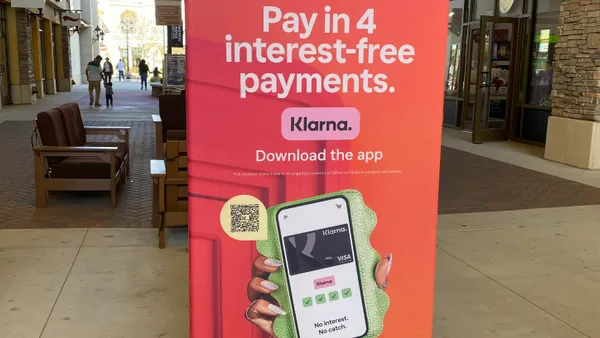One of the most significant transitions billers have had to face in recent years is keeping pace with the soaring consumer demand for frictionless, self-service payment options. From e-commerce to healthcare, businesses are placing a focus on offering customers more ways to transact without the help of a customer service agent. When it comes to self-service payments in the lending industry, however, many billers have fallen behind the curve, and a substantial number of payments are still made in-person and via agent-assisted call centers.
Unfortunately, these agent-assisted interactions have a cost associated with them. According to data from Gartner, live contact channels (calls, email, chat, etc.) cost 80x more than self-service channels. This additional expense is particularly troublesome for the lending industry given the current economic climate that includes razor-thin margins, rising delinquency and hiring challenges. PayNearMe recently conducted a survey of lenders to determine how they are perceiving and preparing their organizations for this period of economic uncertainty.
A rise in call center volume
One prediction lenders have for the remainder of 2023 is a rise in call center volume—all while struggling to fill open job positions for call center representatives. In fact, 48% expect to see a rise in customer service calls related to delinquencies, and 44% reported they are currently having difficulty filling collections and customer service jobs.
Earlier this year, 62% of the consumers we surveyed reported that they called customer service with a bill-related question in the last 12 months. So, while lenders are struggling to recruit and retain call center agents, 61% of surveyed care leaders report a growth in total calls. Meanwhile, call centers can experience annual turnover as high as 45%. Adding additional stress to current service agents could have a negative impact on several aspects of the organization including increasing call wait times, ultimately leading to missed payments.
The disadvantages of agent-assisted payments
Maintaining an agent-led collections strategy instead of investing in self-service payment channels has significant disadvantages. The implications extend beyond increased operational expenses and can have negative impacts on both billers and their customers. Here are three avoidable disadvantages of agent-assisted payments:
1. Restricting payments to business hours
With limited self-service options—or a low adoption rate—billers are relegated to accepting payments during business hours when their customer service staff is available. This creates a smaller window of time to collect payments and can create phone line congestion, leading to longer call-wait times. This is an even bigger problem for lenders, who tend to see the bulk of their payments on specific days and times – typically at the beginning and end of the month, and on Fridays when people receive their paychecks.
In our modern world where deliveries happen within a couple of hours with a tap on our phones, if customers are forced to sit on hold to simply pay their bill, frustration is inevitable. Bad service experiences can be costly. Making additional investments in self-service allows billers to extend their proverbial office hours, leading to more payments and happier customers.
2. Staffing shortages
When only a small portion of a biller’s customer base regularly uses self-service to make payments, most of the call volume overflow must be handled by agents. As mentioned above, 44% of the lenders we surveyed stated they are already having difficulty filling collections and customer service positions within their organizations. An understaffed call center could lead to long wait times, disgruntled customers and burnt out employees–a vicious cycle leading to high turnover rates.
Another consideration billers must contend with is shifting language preferences. According to the U.S. Census Bureau, 1 in 5 U.S. citizens speak a language other than English at home. Billers with a diverse customer base will need to have staff in place who speak multiple languages, or risk creating a poor experience for their non-English speaking customers.
3. Limited payment types
In order to keep pace with consumer payment expectations and preferences, billers cannot limit payment types to agent-led options like card and ACH. As we saw in our research, What the Newest Generation Expects from Paying Bills, 45% of 18-29 year-olds polled stated that having the ability to store and pay their bills from their Apple and Google wallets would make paying bills easier. Of that same age group, 39% said mobile payment options such as Venmo and PayPal would make bill pay easier.
Whether customers prefer to pay with cards, cash, a digital wallet or something else, offering multiple payment types to fit their needs can improve the customer experience.
There are many factors that have led billers to believe agent-led or in-person payments are a necessary evil—a cost of doing business that cannot be prevented. However, these costs can add up, and in many cases, can be avoided by simply investing in multiple self-service options that put the power on making on-time payments in the hands of their customers.
We’ve compiled a comprehensive guide that outlines additional examples of the disadvantages of agent-assisted payments, why consumers still call to pay and how switching to a self-service payments model can benefit lenders. Click here to download your copy of the guide today.










